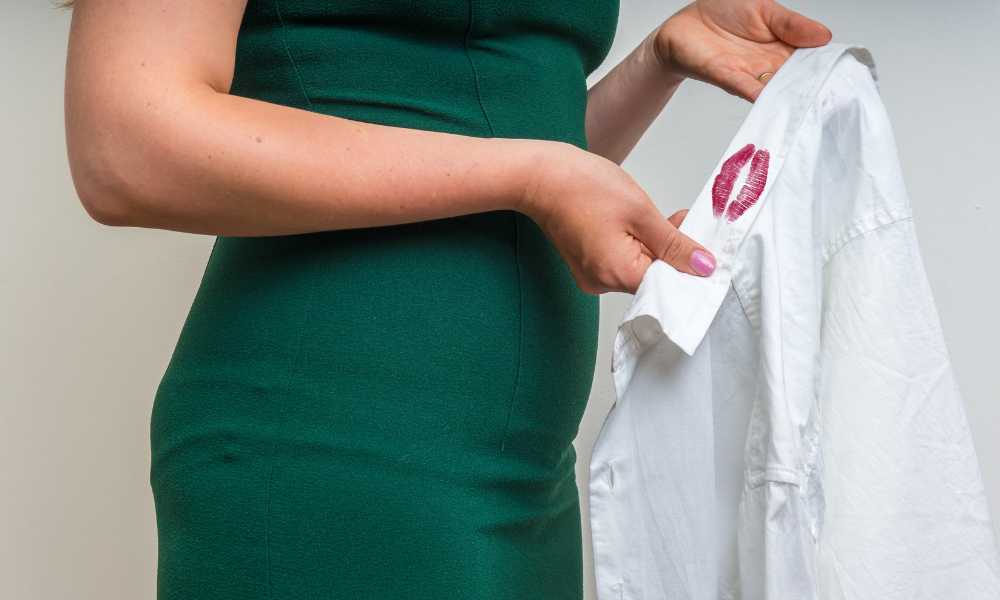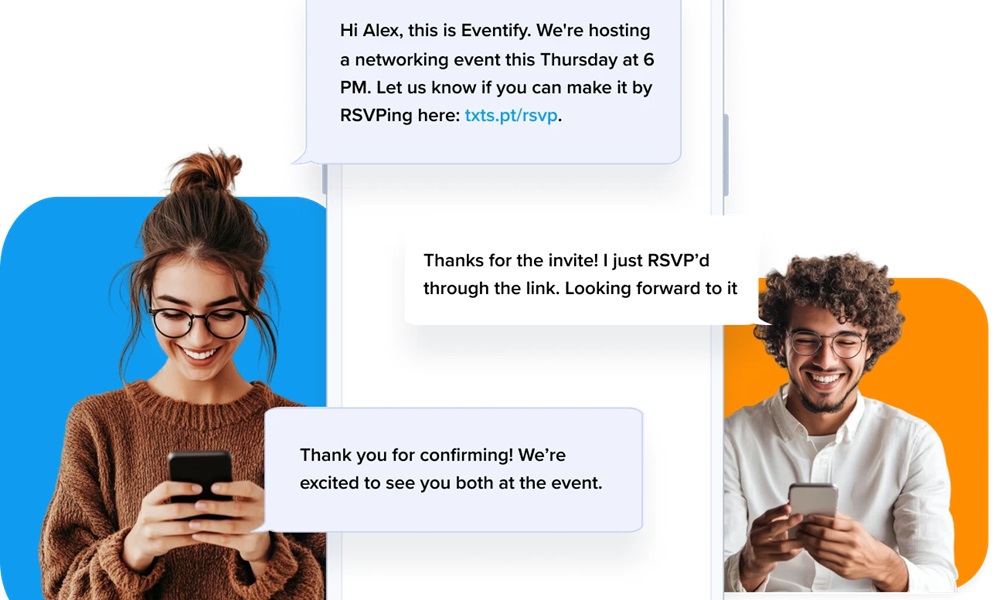Call History from Another Phone: 5 Critical Facts Before You Start

Understanding call history from another phone involves complex legal, technical, and ethical considerations that extend far beyond simple access methods.
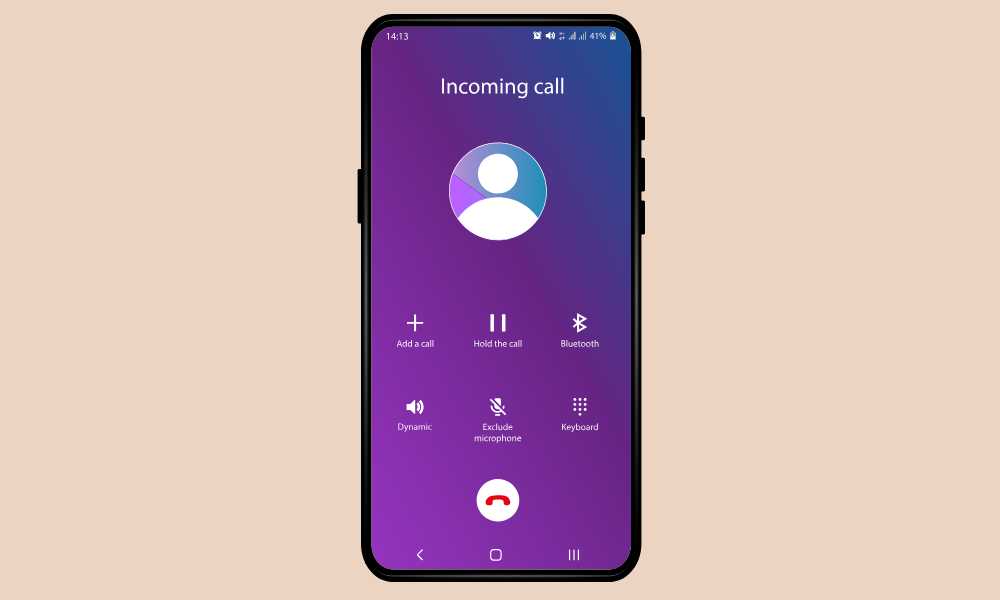
In this blog, you'll learn how to check call history from another phone using eight proven methods that ensure you follow the law, protect privacy, and achieve your monitoring goals responsibly.
Understanding Call History Access: What You Need to Know
Before going into the methods on how to check call history from another phone, it's important to understand how this information is stored and the legal implications involved.
Call history typically includes incoming calls, outgoing calls, missed calls, call duration, timestamps, and contact information. This data is stored in multiple locations, including the device itself, carrier networks, and cloud services.
The key principle in accessing call history from another phone is ensuring you have legitimate authority to do so. This includes parental rights over minor children's devices, business ownership of company phones, or explicit consent from adult device users.
SafeMyKid: The Best Solution to Check Call History from Another Phone
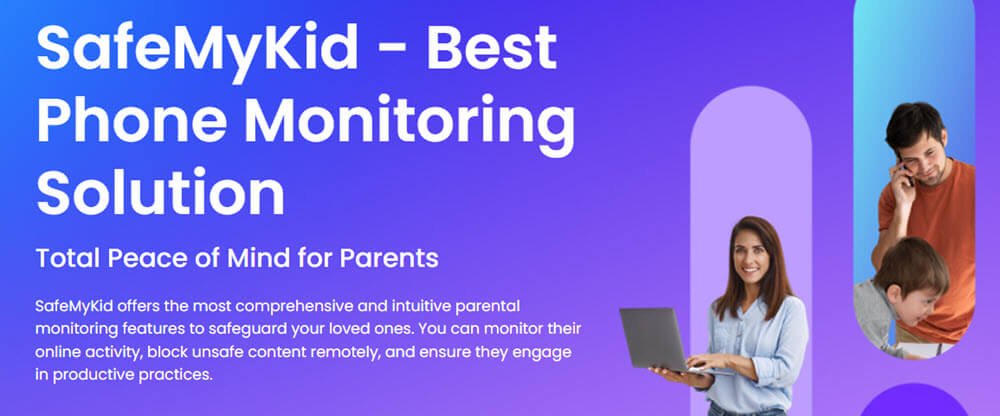
One of the safest and most effective ways for how to check call history from another phone is by using SafeMyKid.
This app is designed for parents and employers who need accurate and legal insights into phone usage.
You'll find it offers the most detailed call-tracking capabilities while maintaining a commitment to ethical usage and legal compliance.
SafeMyKid provides complete visibility into all call activities on monitored devices, making it the preferred choice for parents, business owners, and individuals who need reliable call history access with proper authorization.
Key Features of SafeMyKid to Check Call History from Another Phone
When you choose SafeMyKid to check call history from another phone, you gain access to comprehensive monitoring capabilities:
- Complete Call Records: You can view detailed logs of all incoming, outgoing, and missed calls with precise timestamps and duration information.
- Contact Information: You'll see complete caller details including names, numbers, and contact photos when available.
- Real-Time Monitoring: You can track calls as they happen with instant notifications for important contacts or suspicious numbers.
- Historical Analysis: You get access to comprehensive call history spanning weeks or months, depending on your data retention preferences.
- Cross-Platform Support: You can monitor call history across both Android and iOS devices seamlessly.
How to Set up SafeMyKid to Check Call History from Another Phone
Setting up SafeMyKid to check call history from another phone is straightforward and provides immediate access to detailed call information:
Step 1. Create Your SafeMyKid Account
Visit the SafeMyKid website and register using your email address. You'll need to choose a secure password and complete the account verification process to begin call monitoring.
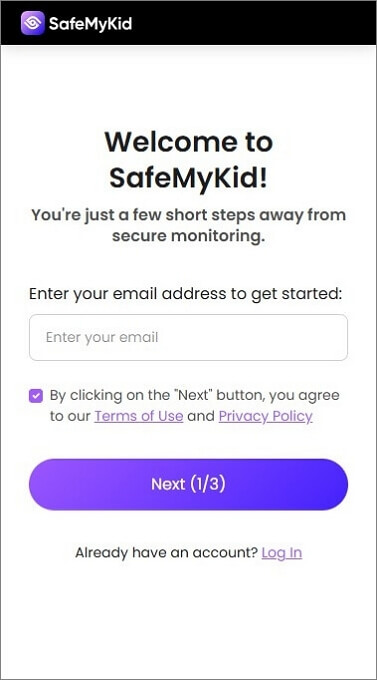
Step 2. Configure The Target Device
For iPhones: You can set up call monitoring by logging in with the device's iCloud credentials. No physical app installation is required.
For Android Devices: You'll need to download and install the SafeMyKid app directly on the device you want to monitor (with proper authorization).
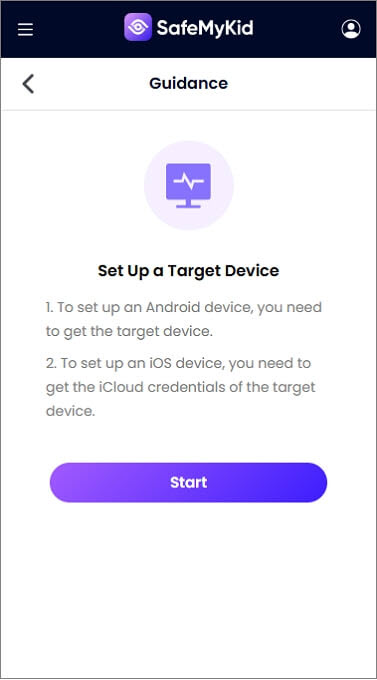
Step 3. Use SafeMyKid to Check Call History from Another Phone
Once configured, you can check call history from another phone through the SafeMyKid dashboard. You'll see real-time call activity, historical records, and detailed analytics about communication patterns.
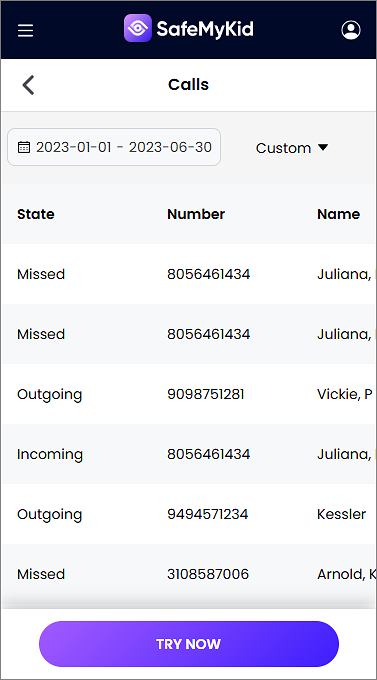
5 Essential Things to Know about Call History from Another Phone
Whether you're concerned about family safety, relationship transparency, or business security, understanding call history access involves complex legal, technical, and ethical considerations that go far beyond simply knowing how to check someone's phone.
1. Legal Consent is Almost Always Required

Accessing another person's call history without explicit consent is illegal in most jurisdictions, even within marriages or family relationships. Only specific exceptions exist for parents monitoring minor children, employers with company devices (with proper notification), and law enforcement with valid warrants.
What This Means: You cannot legally check your spouse's, adult child's, or friend's call history without their knowledge and permission. Violating this can result in criminal charges, civil lawsuits, and evidence being inadmissible in legal proceedings.
Understanding legal requirements for call history from another phone is just the first step - even when you have proper authorization, you need to know where call history data actually exists and how to access it appropriately.
2. Call History Exists in Multiple Locations with Different Access Rules
Your phone's call log is just one place where call history is stored. The same data exists in carrier billing records (retained for 1-2 years), cloud backups (iCloud, Google Drive), and individual app logs (WhatsApp, Skype). Each location has different access requirements and retention periods.
What This Means: Even if someone deletes call history from their phone, the data may still exist in cloud backups or carrier records. However, accessing these requires proper credentials, account access, or legal authorization.
3. Modern Smartphones Have Advanced Detection Capabilities
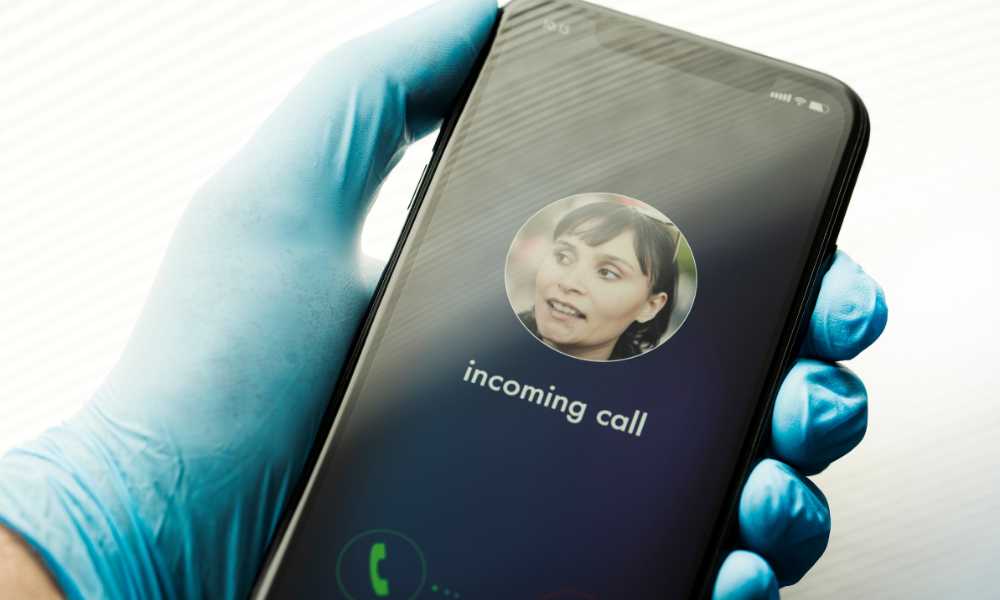
Most call history monitoring attempts can be detected through battery drain, unusual network activity, account access alerts, or performance changes. Cloud services send notifications for unusual account access, and technical users can identify monitoring software through various methods.
What This Means: Secret monitoring is increasingly difficult and likely to be discovered, which often damages relationships more than the original communication concerns. Transparency and direct communication typically produce better outcomes.
For those who still need comprehensive access to call history from another phone despite these detection risks, professional solutions offer more sophisticated approaches than basic access methods.
4. Professional Solutions Offer Comprehensive Monitoring But Require Investment
While free methods exist (carrier accounts, cloud access), comprehensive call history monitoring with analysis, real-time updates, and legal compliance features require professional solutions like SafeMyKid, which offer advanced capabilities but come with subscription costs.
What This Means: Effective monitoring requires financial investment and proper implementation. Free methods are limited in scope and may not provide the comprehensive oversight or legal protection needed for serious monitoring scenarios.
5. Alternative Approaches Often Work Better Than Surveillance

Most situations that make people want to check call history from another phone (relationship concerns, family safety, business security) can be addressed through direct communication, mutual transparency agreements, or clear policies rather than secret access to call history from another phone.
What This Means: Before pursuing call history access, consider whether honest conversation, relationship counseling, or mutual agreements about communication transparency might resolve underlying concerns without the legal risks and relationship damage of surveillance.
What Information Does Call History Contain
Understanding exactly what information call history provides helps evaluate whether access serves legitimate monitoring needs:
Basic Call Log Data includes phone numbers, call direction (incoming/outgoing), timestamps, call duration, and contact names when available in device contacts.
Advanced Metadata may include location information, device identifiers, network details, and call quality information depending on the access method and carrier records.
Communication Patterns can be analyzed to identify frequency, timing patterns, duration trends, and contact relationship analysis that reveal communication habits.
Content Limitations - Standard call history typically does not include conversation content, which requires additional legal authorization and technical capabilities for access.
Legal and Ethical Considerations for Call History from Another Phone
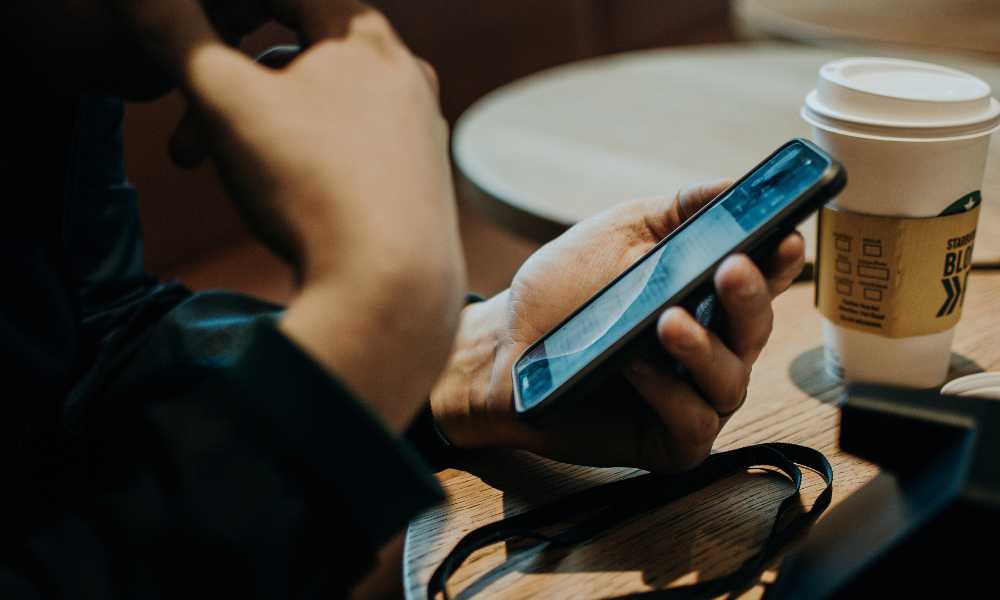
Before implementing any method to check call history from another phone, you must understand and comply with applicable legal and ethical standards that govern access to communication records.
Legal Requirements by Relationship Type
Parental Rights: Parents generally have legal authority to monitor their minor children's communication, but should still maintain age-appropriate transparency about monitoring.
Business Authority: Employers can monitor company-owned devices but must provide proper notification to employees and comply with workplace privacy laws.
Spousal Monitoring: Monitoring a spouse's call history typically requires explicit consent unless dealing with jointly-owned devices or accounts.
Personal Security: Accessing your own call history across multiple devices or accounts is generally unrestricted.
Ethical Guidelines for Call History Access
Even when legally permitted, ethical call history monitoring should follow these principles:
- Use the minimum level of monitoring necessary for your legitimate purpose.
- Maintain transparency with monitored individuals when legally required.
- Regularly review whether continued monitoring remains necessary.
- Protect accessed call history data with appropriate security measures.
- Respect reasonable expectations of privacy even within legal authority.
Frequently Asked Questions about Call History Access
Before implementing methods to check call history from another phone, consider these frequently asked questions about call monitoring and access.
1. Is It Legal to Check Someone's Call History?
It is legal for parents to monitor minor children and for employers to access company phones with notice. Accessing an adult's call history without consent is usually illegal.
2. How Long Do Carriers Keep Call History Records?
Most carriers keep basic call logs for 12-24 months. Business or international records may be retained longer.
3. Can Call History Be Permanently Deleted?
Call logs can be recovered from devices or cloud backups. Permanent deletion requires clearing all storage and backup sources.
4. What Information Is Included in Call History?
Call history shows phone numbers, timestamps, durations, and contact names. Some carriers may also log call locations.
5. How Can I Protect My Call History Privacy?
Use strong passwords and review sharing settings regularly. For added security, consider encrypted apps and check your carrier's data policies.
Conclusion
Understanding call history from another phone requires comprehensive knowledge of legal requirements, technical limitations, ethical considerations, and appropriate access methods.
If you're a parent, employer, or someone trying to recover lost call data, these methods give you control, clarity, and compliance. Always ensure you're using these tools with proper authorization.

